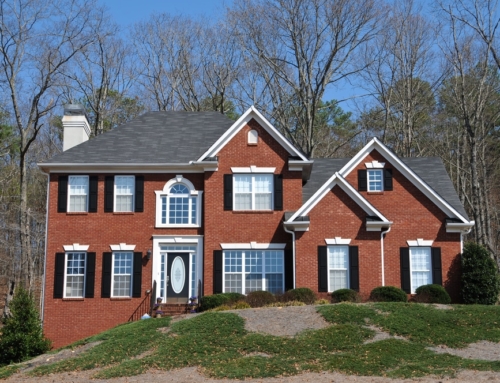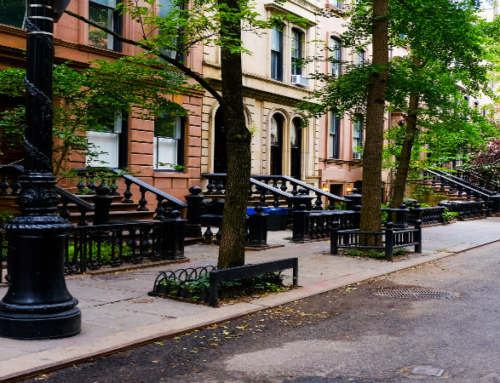The number of foreclosure filings in 2008 increased a dramatic 81 percent over that of 2007, announced RealtyTrac in its 2008 U.S. Foreclosure Market Report.
The report states that 3,157,806 foreclosure filings were made on 2,330,483 properties. That means that some properties were subject to multiple notices – including default notices, auction sale notices and bank repossessions.
Property owners receive these notices when they do not pay their mortgages or other liens on their properties. The other liens may include home equity lines of credit, home equity loans or mechanics liens. Some people took out second mortgages to cover the down payment for their homes and if they weren’t able to pay those second mortgages that could also result in a foreclosure action by the lender.
In December foreclosure notices were reported on 303,410 properties, up 17 percent from November 2008, and up 41 percent since December 2007. While foreclosure activity in 4Q2008 fell 4 percent from 3Q2008, it was still 40 percent higher than during 4Q2007.
“State legislation that slowed down the onset of new foreclosure activity clearly had an effect on fourth quarter numbers overall, but that effect appears to have worn off by December,” said James J. Saccacio, chief executive officer of RealtyTrac. “The big jump in December foreclosure activity was somewhat surprising given the moratoria enacted by both Freddie Mac and Fannie Mae, along with programs from some of the major lenders and loan servicers aimed at delaying foreclosure actions against distressed homeowners.
“Clearly the foreclosure prevention programs implemented to-date have not had any real success in slowing down this foreclosure tsunami. And the recent California law, much like its predecessors in Massachusetts and Maryland , appears to have done little more than delay the inevitable foreclosure proceedings for thousands of homeowners.”
Regardless of legislation, the fact remains that people bought homes they could not afford and in some cases predatory lenders enabled this by encouraging people to borrow too much. Delaying foreclosure action through legislation does not change the fact that some home owners cannot make their monthly mortgage payments.
Recent calls by congressional leaders for the remaining Troubled Assets Relief Program funds to be used to aid home owners with untenable mortgages may finally address this.
Here are the top metro areas for foreclosures in 2008:
- Stockton, CA
- Las Vegas, NV
- Riverside-San Bernardino, CA
- Bakersfield, CA
- Phoenix, AZ
The top states by number of foreclosures were:
- California
- Florida
- Arizona
- Ohio
- Michigan
- Illinois
- Texas
- Georgia
- Nevada
- New Jersey
RealtyTrac publishes the largest and most comprehensive national database of foreclosure and bank-owned properties, with over 1.5 million properties from over 2,200 counties across the country.
Published: Jan 15, 2009






Leave A Comment